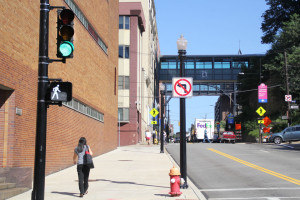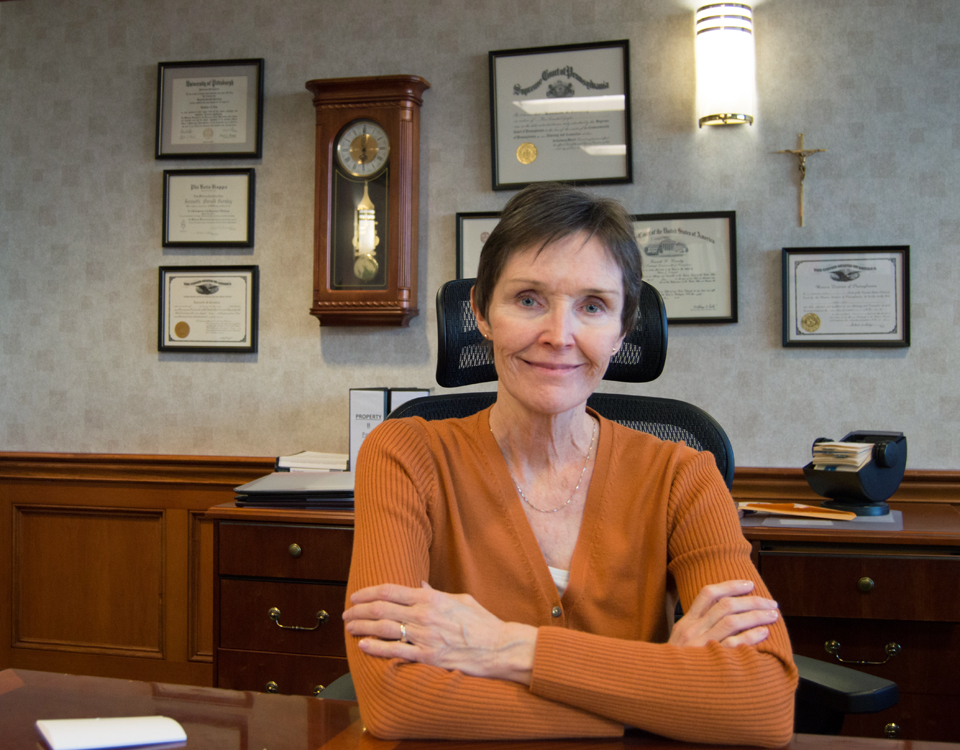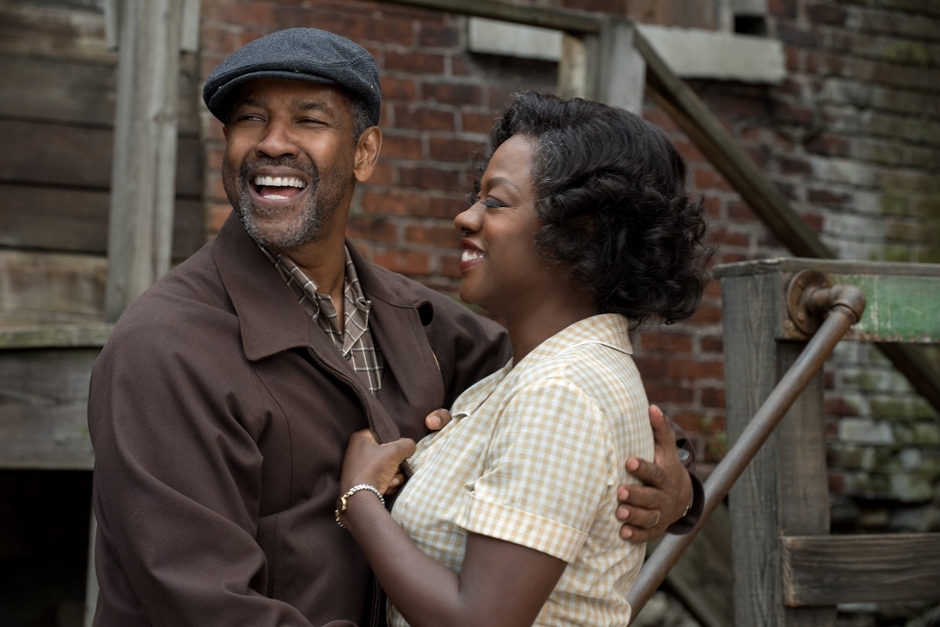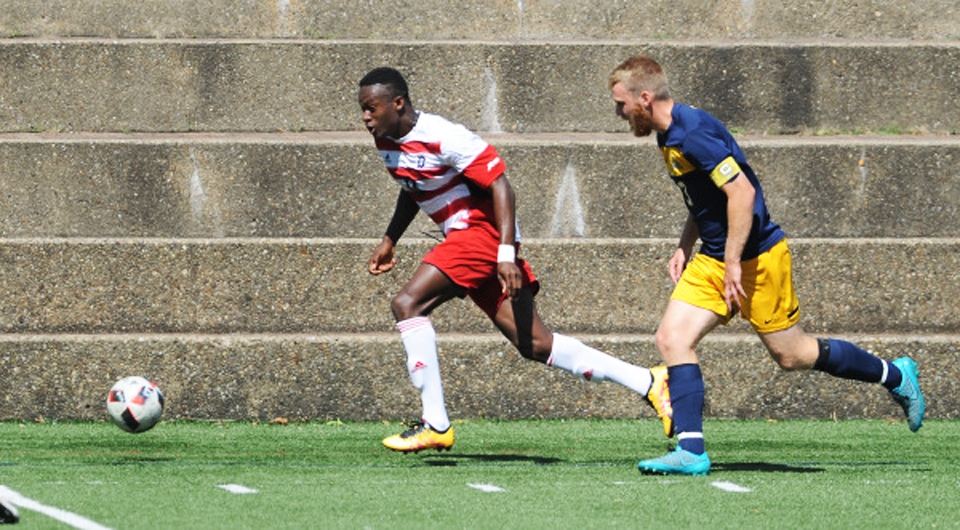
By Pat Higgins | Asst. Sports Editor
The university’s Facilities Management Department teamed with Pittsburgh’s Department of Public Works to install new poles, traffic lights and pedestrian signals near the edge of campus around Lieberman Hall.
In an effort to make the busy intersection near the edge of campus safer for both motorists and pedestrians, the department installed 13 poles, 20 traffic lights and 22 pedestrian crossing signals.
The new equipment was installed on Forbes Avenue where it crosses Shingiss Street, at the intersection of Sixth Avenue and Diamond Street and at the Liberty Bridge ramps near Rockwell Hall.
According to Mark Minoski, the university’s director of design and construction, the project cost Duquesne about $500,000 to purchase the poles and install them.
When the university purchased Liebermann Hall on the corner of Fifth and Sixth avenues, they were “concerned about all the students that needed to get from main campus across Forbes Avenue [and] down Fifth Avenue” because there were traffic lights but no crosswalk signals.
“The first thing we did was install a flashing yellow light signal right where Boyd Street is to help slow down traffic there,” Minoski said. “It’s not an actual crosswalk but more of a flashing yellow light to help load on traffic.”
After the University purchased the new traffic equipment aimed at making the intersections safer for students as the campus expands beyond Forbes Avenue, they hired Trans Associates Engineering, a traffic engineering company, which developed a scenario with new equipment to enhance traffic flow and pedestrian safety.
Duquesne then teamed with Pittsburgh’s Department of Public Works, which provided a crew to wire and reprogram the lights and signals to become operational before the start of the fall semester.
Minoski said that although the poles are currently operational after city crews reprogrammed the safeguards of the intersection, his department still notices “some people are running the red light at Shingiss Street.”
To stop this from happening, they are working on adding white lines and a ‘Stop Here on Red’ sign. He also said that the old poles are in the process of being taken down now as well.
Before the upgrade, there were only crossing signals for pedestrians in front of the Liberty Bridge ramps on Forbes Avenue, and no traffic signals for commuter students looping around Fifth Avenue back onto Forbes to either head home across the Liberty Bridge or through the Armstrong Tunnel.
Duquesne requested the improvements in order to improve traffic flow, minimize risk for student motorists commuting to and from campus and make the intersection safer and more pedestrian friendly for those who have to venture beyond Rockwell’s corner of the campus to Lieberman Hall on Sixth Avenue.



